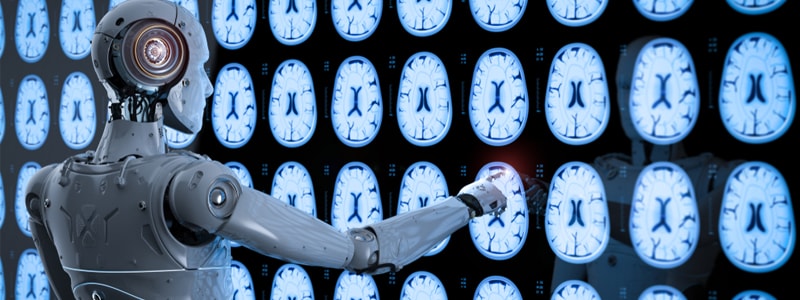The Benefits of AI-Powered, Full Stack Monitoring
If you haven’t been living under a rock, you must be aware that all companies across all industries and all sectors are undergoing digital transformation. Digital transformation refers to the process of upgrading traditional or existing technology with the latest and most advanced processes. One such technological process that companies are turning to for increased productivity and accountability is ‘Internet of Things’.
IoT is causing a massive disruption in business processes as it provides innovation in the company’s products and services, and monitor risks and costs in their business operations. Now, the traditional method of monitoring, that is, sitting in front of 5 monitors displaying different dashboards, has been rendered obsolete and ineffective. This is because now, the volume, velocity, and variety of information is too large to governed by humans.
Enter artificial intelligence.
By definition, ‘artificial intelligence is the theory and development of computer systems able to perform tasks normally requiring human intelligence, such as visual perception, speech recognition, decision-making, and translation between languages.’
It is, essentially, a computer program that mimics human intelligence, while overcoming the shortcomings of the human mind.
Full-Stack monitoring is one process that benefits greatly from AI and IoT application. It refers to the capability to monitor the company’s infrastructure and application performance.
Following are the benefits of AI-powered full-stack monitoring:
#1. Business agility: The business environment is extremely dynamic in nature. This means every time that it changes, the business must be ready to adapt. Businesses need to deploy very frequently to sustain market demands, which can be done through continuous and impeccable monitoring.
#2. Application reliability: The application platform is expected to be reliable as outages may impact revenue and may result in losing business and customers. Executives are always seeking to ensure that the applications and systems are always up and running. But, failure can take place at any level and go unnoticed. To avoid such a situation, continuous monitoring is required.
#3. Application complexity and dependencies: In a lot of cases, applications use multiple-third party components, hosts and several underlying services, components and infrastructural touch-points. Should any one of the components of this rather complex system fail, it can affect business performance drastically. This is where continuous, full-stack monitoring proves to be extremely beneficial.
#4. Configuration changes: Application and platform infrastructure is sometimes altered at continuous intervals in order to ensure maximum efficiency and uncompromised security. This may sometimes pave the way for configuration issues. Hence, there is a need for monitoring right from provisioning of resources, usage, maintenance and de-provisioning of resources.
These days, the data input is not only huge but also sourced from multiple end-points. IT and data security teams thus require detailed information about the components and dependencies along with key metrics to provide context and correlation to the information collected. Therefore, they need monitoring tools that can provide correlation out-of-box to reduce the effort involved in triaging.
Any growing business requires all of these advantages, which can only be achieved through the holistic implementation of full-stack monitoring powered by AI to minimize errors and maximize profitability and productivity.
